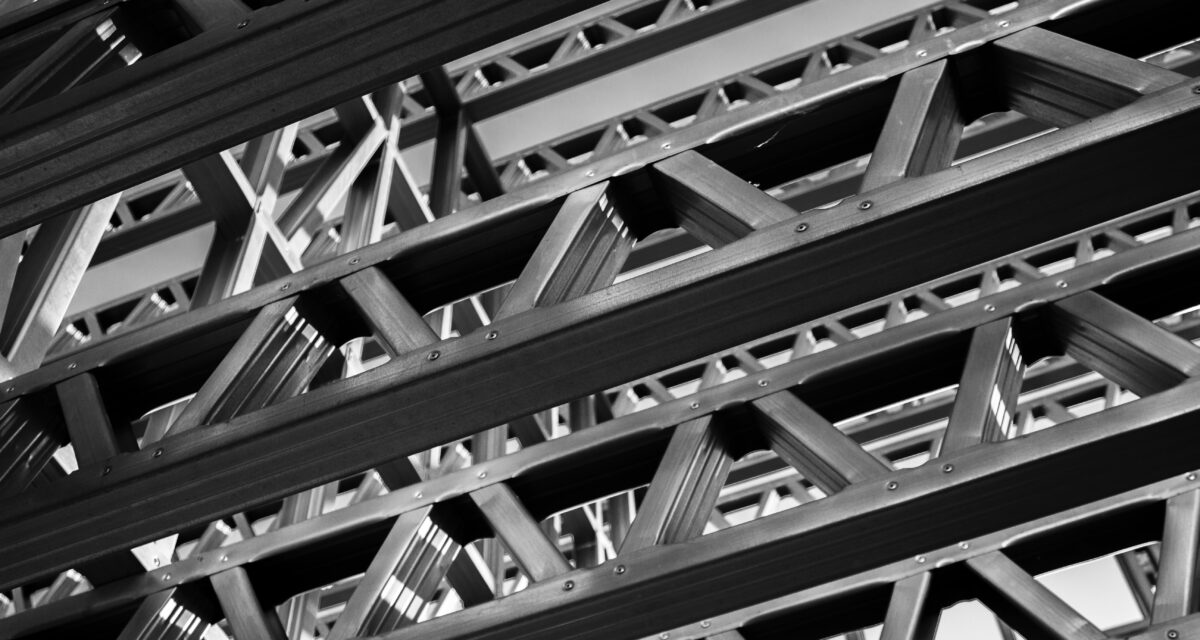For emission reductions, steel is pivotal. Hundreds of steel companies are self-proclaimed winners in the reductions race, but which are the ones you should place your money on? A standard is now being developed to distinguish the best from the rest.
On track 1: Tata Steel, an Indian steel giant whose European and Indian mills produce 34 Mt of steel annually. Tata Europe predicts a net zero by 2045. Their determination is reflected in the recent investment in the 7 Mt plant in the Netherlands, which is to phase out polluting coal-fired furnaces. In India, the targets are less ambitious.
On track 2: ArcelorMittal, the world’s second largest steel behemoth, produced almost 70 Mt of crude steel last year. Their net zero pledge for 2050 is based on hydrogen, electric arc furnaces and recycling. ArcelorMittal will launch clean technology production at its pilot plant in Hamburg next year. In total, the Group has more than 90 furnaces in operation, most of which rely on coal.
On track 3: SSAB, the largest steel producer in the Nordic countries, produces 9 Mt of steel annually and is one of the flagships of the green transition. Last year, it sold the world’s first batch of zero-emission steel to the Volvo Group and promises to have zero-emission steel on the market from 2026 onwards. The hydrogen-focused company’s Raahe mill in Finland is set to become carbon neutral at the turn of the decade.
Who would you bet on? And what should we think about innovative start-ups like H2 Green Steel?
The race for emission reductions is in full swing but, curiously enough, there is no consensus on its route.
At the moment, it is difficult to provide answers, even if you look deeper into the views of experts in the field. The race for emission reductions is in full swing but, curiously enough, there is no consensus on its route. The journey is made in the twilight.
However, there is light ahead. An international working group is currently preparing a steel roadmap that will provide tools to assess how reliably a given steel company is on track to meet the emission reductions required by the 1.5 °C climate scenario. The Science Based Targets initiative (SBTi), a collaboration of major international organisations, is behind the project. It has already succeeded in committing thousands of companies in different fields to science-based emission targets, and it is now working on the steel sector.
The going gets tough
The meagre results of the UN Climate Change Conference (COP27), which ended in last November, reflected the divisions between countries on climate policy. When negotiations between states make no headway, the proactivity of the private sector, such as businesses and investors, is of particular importance. With nearly ten percent of the carbon escaping into the atmosphere coming from steel, carefully updated SBTi guidelines play a big part in climate efforts.
However, it is not at all clear that the steel roadmap will be an adequate motivator. The climate preparedness of steel producers varies, which is why negotiations on the guidelines are tense. The biggest fear is that the end result will be too much in line with the wishes of steel giants stuck in old technologies. Outokumpu, a pioneer in the field, is also involved in the negotiations, and an ambitious steel roadmap would put the company in a well-deserved spotlight.
“So far, the guidelines have been dominated by the best environmental arguments, but as the finish line looms, traditional power politics enters the stage,” comments Bernt Nordman.
“The key is to create rules that direct steel investment towards low-emission production technologies.”
Nordman is Director of WWF Finland’s Climate Programme and one of the SBTi working group experts involved in updating the steel roadmap. There are many ways to reduce steel emissions, from electric arc furnaces to recycled steel, but the key, according to Nordman, is to create rules that direct steel investments towards low-emission production technologies.
“Steel consumption will increase in any case, which is why emissions from the exploitation of virgin iron ore must be brought down. Simply shipping all the world’s steel scrap to SBTi-bound plants will not solve the climate crisis,” Nordman points out.

Now is the time to influence the guidelines
Watering down the steel roadmap would be bad news not only for the environment, but also for investors and prospective green steel customers who want to reduce the overall emissions from their supply chains. Only a sufficiently rigorous standard can distinguish between companies hiding carbon pitfalls and future winners worth investing in.
The last thing climate work – and investors, for that matter – need is more vague metrics and lazy sustainability talk. The Carbon Disclosure Project, one of the founders of SBTi, estimates that rising carbon prices will severely hit the profits of lagging steel companies in the near future.
“Both steel buyers and institutional investors should take a look at the draft currently under preparation. This will give pioneers time to prepare for the publication of the completed SBTi guidelines when they can be used as a reference for both procurement and investment decisions,” says Nordman.
The draft steel roadmap is currently available for public consultation.
“Through extensive feedback, we aim to avoid an outcome where powerful steel companies try to get off as lightly as possible, for example, by grabbing all the recycled steel for themselves. To bring down emissions in the steel sector as a whole, it is essential to stick to emission reductions tailored to different players in the field.”
Our foundation supports WWF Finland’s efforts
There is no single innovative steel bullet for the transition of an entire industry. That is why a holistic approach to the complex ecosystem is needed. Effectiveness does not depend on individual solutions, but on linking them together.
In line with our environmental programme, we support projects that promote bolder decision-making to reduce emissions in a holistic and sustainable way. To promote SBTi’s steel guidelines, we have been supporting WWF Finland’s expert work for the transformation of the steel sector.
Steel stakeholders, such as institutional investors and client companies, should take decisive action now. The final guidance will be completed in the spring, and the draft document will be available for public consultation until 23 January.

Taneli Rajala is our foundation's communications specialist.

